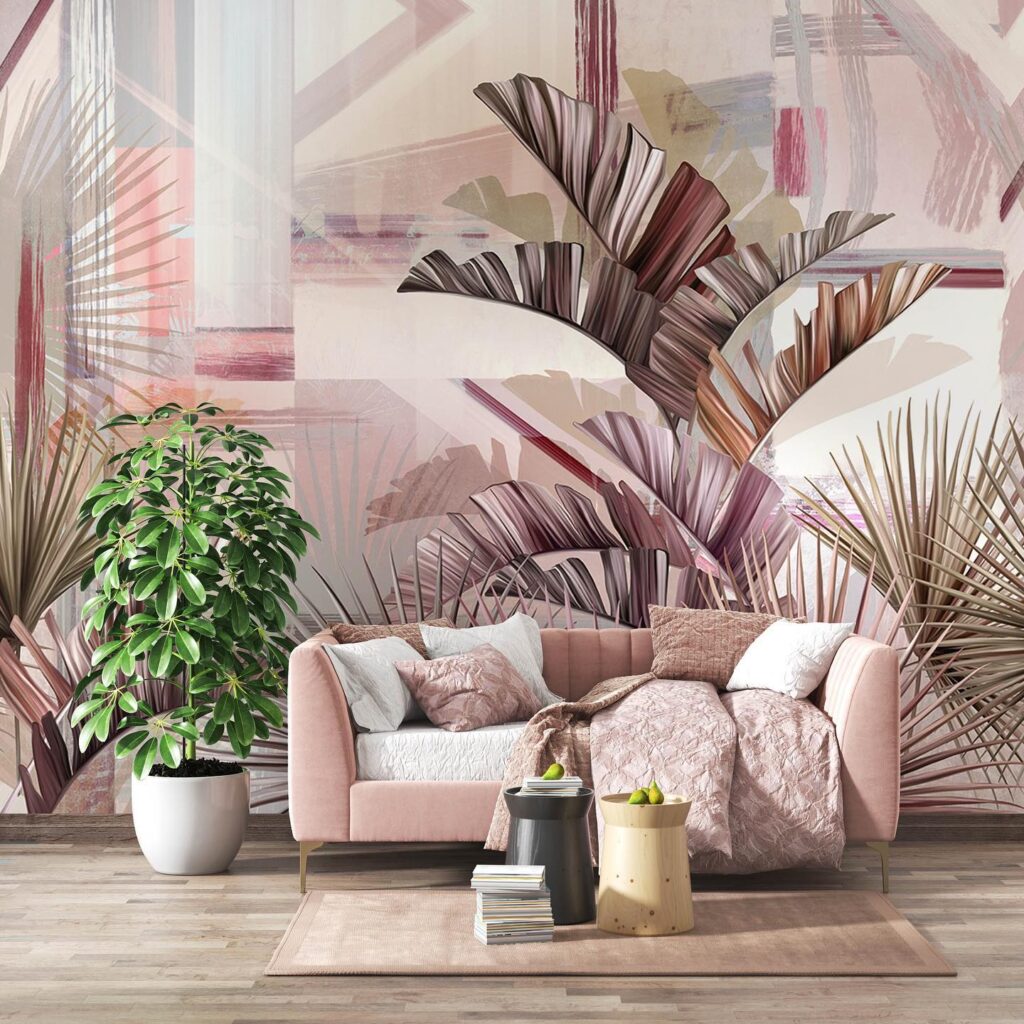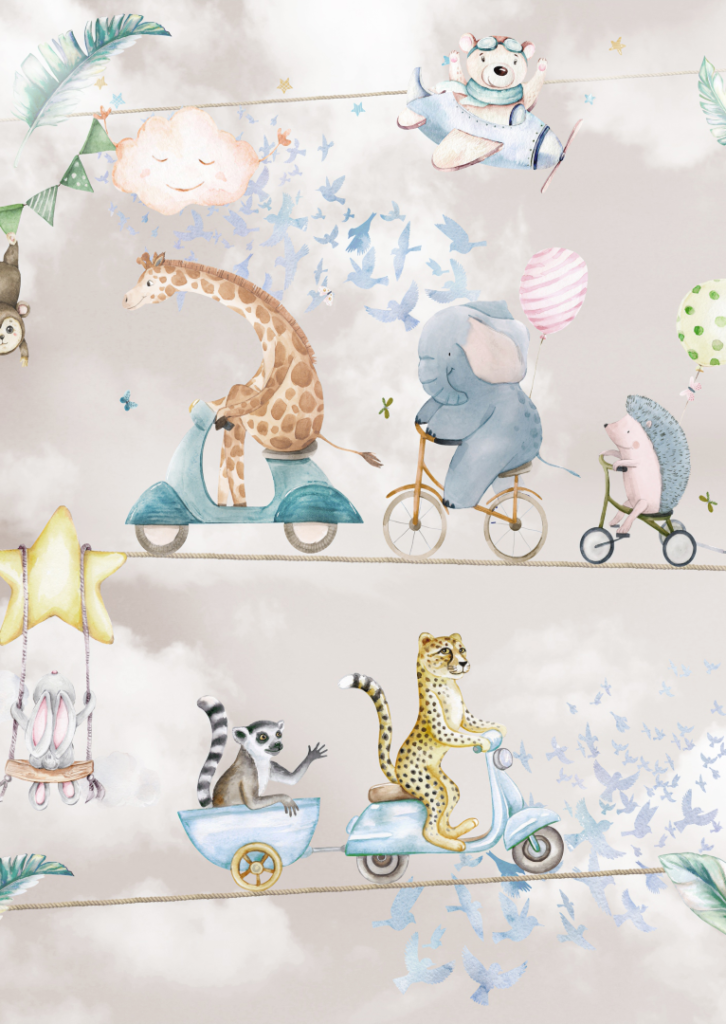Installing Paper
Take a moment to read through this guide before hanging to ensure that you understand the entire process. If you are unsure of any of the steps, please get in touch with our customer care team who will be happy to help.
General preparation
Ensuring the wall is smooth, clean and completely dry is key for a successful installation. The surface should be free from old backing paper and contaminants such as dirt, dust, grease, mildew, ink stains; any of these can prevent adhesion taking place.
- Remove nails / screws and fill in any cracks.
- Switch off the electricity mains and remove any socket /switch covers.
- Sand down any rough areas until smooth.
- Use a sponge to clean the walls with warm water and mild soap, allow the walls to dry for a minutes.
- Paint the wall a light uniform colour if it differs significantly from your wallpaper as dark colours may show through.
Wall surfaces
- Freshly painted walls should be left for 48 hours before application, please refer to the paint manufacturers instructions for guidance. Follow general preparation instructions.
- Porous surface (plaster, cement render): Ensure old plaster is stable and free of mould and new plaster is completely dry. Cement render / concrete should be sanded smooth. Seal the wall with a primer or diluted paste (also known as wall size). Allow the primer to completely absorb / dry, this will stop paste being absorbed during installation.
- Spackle / fill in any screw holes . Smooth and seal the wall with a primer or diluted paste (. Allow the primer to completely absorb / dry, this will stop paste being absorbed during installation.
Tools
☑ Straight edge
☑ Sharp knife (Stanley/ craft) or scissors
☑ Sponge
☑ Wallpaper paste*
☑ Bucket
☑ Seam roller
☑ Clean, damp microfiber cloth
☑ Pasting brush or roller
☑ Plumb line or spirit level
☑ Plastic wallpaper smoother tool (with felt edge)
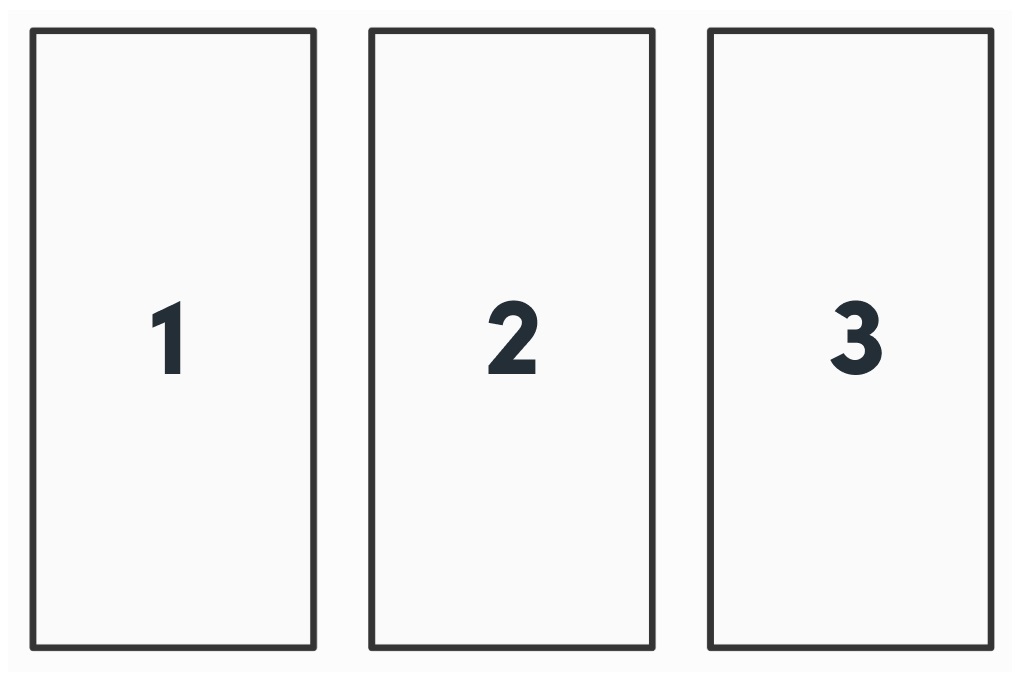
Lay out your mural
1. Unroll the wallpaper and separate the drops. Identify each panel and arrange in hanging order on the floor, each drop is numbered in hanging order from left to right, starting with (Col: 1).
Please note: If you have ordered multiple murals they may be rolled together.
2. All murals have a white border to ensure edges aren’t damaged during transit. Trim away the white from the left and right side of the panel only. You do not need to be completely accurate, as each edge will be overlapped and trimmed again later on in the process. Lay out panels to check image match before installation.
If you notice any inconsistencies within the print, please do not install. Our customer service team can assist you with any problems.
Under no circumstance can we compensate installation fees from third parties.
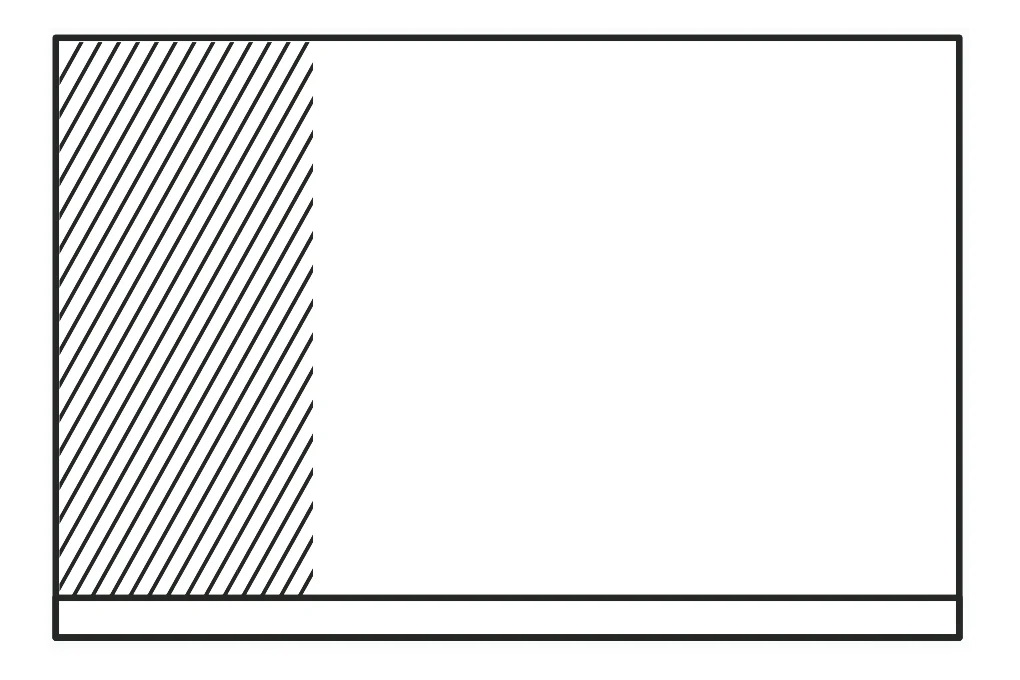
Paste the wall
3. Turn over each drop and lightly damp the paper backing with a sponge. Allow to soak for 10 minutes.
4. Ensuring that the first panel is hung straight is vital for successful installation of your mural. Mark a panel’s width on the wall with a pencil then hold a plumb line or spirit level on the mark to draw a vertical line down. This will give you a guide when hanging the first panel to ensure it’s hung straight.
5. When the ten minutes is nearly up, use a brush or roller to evenly apply wallpaper paste directly to the wall surface, covering a few inches past the first marked section. A smooth, even coat is essential for reducing the possibility of bubbling.
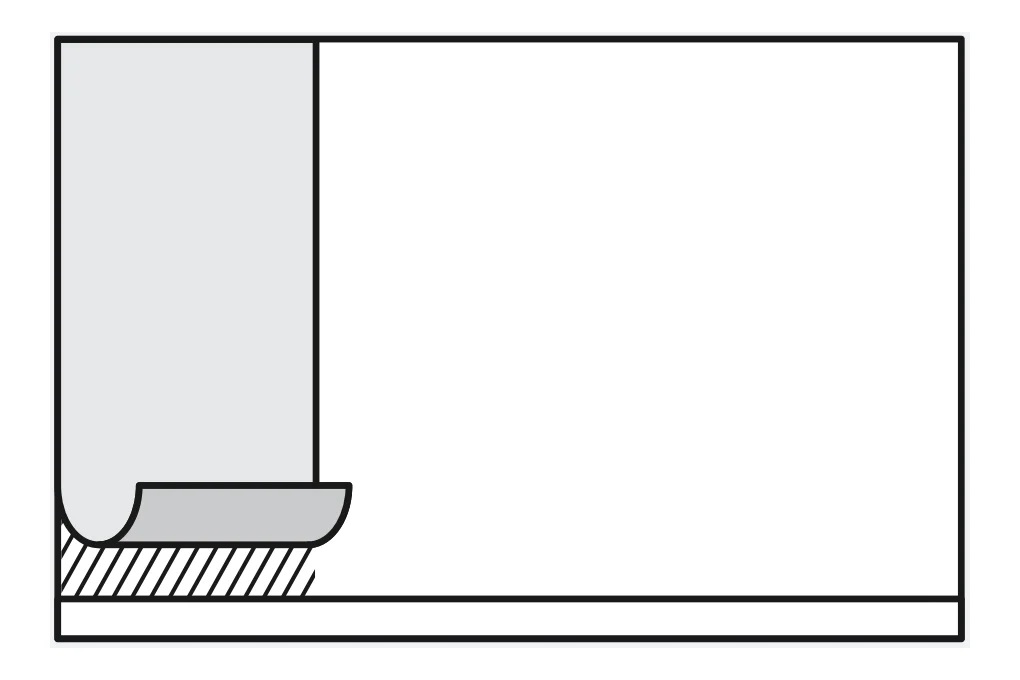
Hang the first panel
6. Line up your first drop with the penciled guideline and start to hang from the top and work downwards. Carefully smooth away any bubbles or ripples using the plastic smoother tool or a soft cloth.
Important: Do not pull or stretch the material during installation. Work from the top and allow the wallpaper to fall naturally, taking particular care to avoid scuffing or scratching the printed surface.

Overlap the wallpaper
7. When hanging multiple drops: Your mural is printed with a 20mm overlap. Use the black crop mark at the top and bottom as a guide to overlap the panel onto the first. Visually match the image at the join and smooth out. Adjust the position until the pattern completely matches.
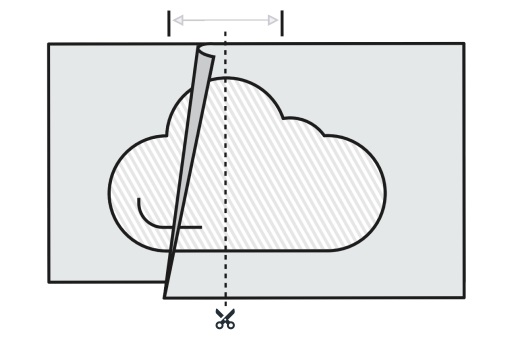
8. Using a straight edge and a sharp knife, cut down the middle of the overlap through both panels (see diagram). When cutting, keep the knife pressed on the wall at all times, moving the straight edge downwards as you cut. Lifting the knife from the wall can cause the join to be uneven.
Important: Always use a sharp knife, dull blades can cause the paper to tear
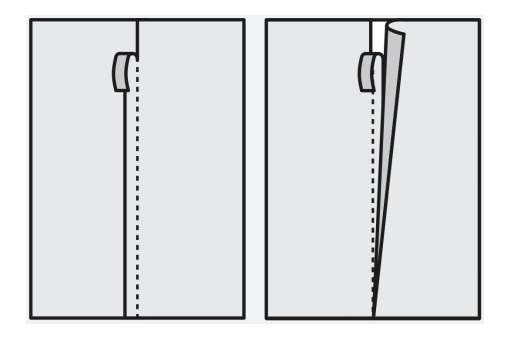
Remove the excess overlap
9. The top strip should fall away as you cut downwards. Once you have cut all the way down, gently lift the overlapping drop of paper and pull away the thin strip from underneath. If required, more paste can be applied beneath join to ensure adhesion.
10. Use a seam roller to ensure the product is well bonded at the join, and carefully remove any adhesive seepage immediately with a clean, damp soft cloth.
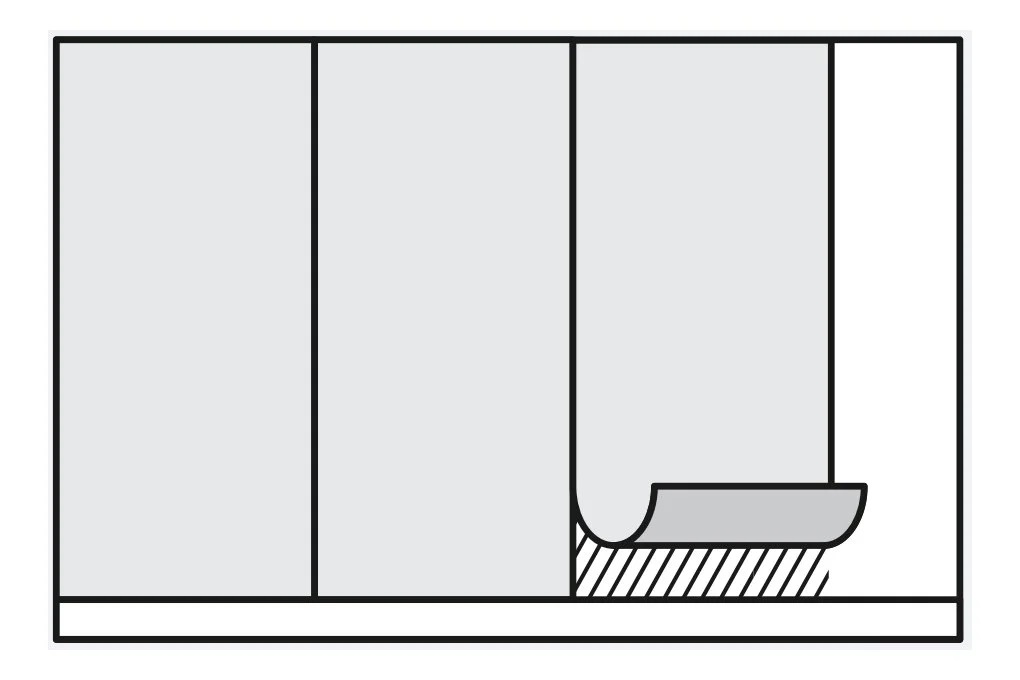
Repeat until finished
11. Continue the previous stages for each drop until all panels are installed. Continue to smooth and wipe away excess as you go.
12. Trim away any excess paper at the top and bottom of each drop using a sharp knife. Allow for drying at room temperature, ensuring there is lots of ventilation. If there is a heat source such as a radiator on the same wall as the mural, turn it down or off for the first 24 hours of drying, this will reduce the possibility of shrinkage. Sit back and enjoy your handiwork.

